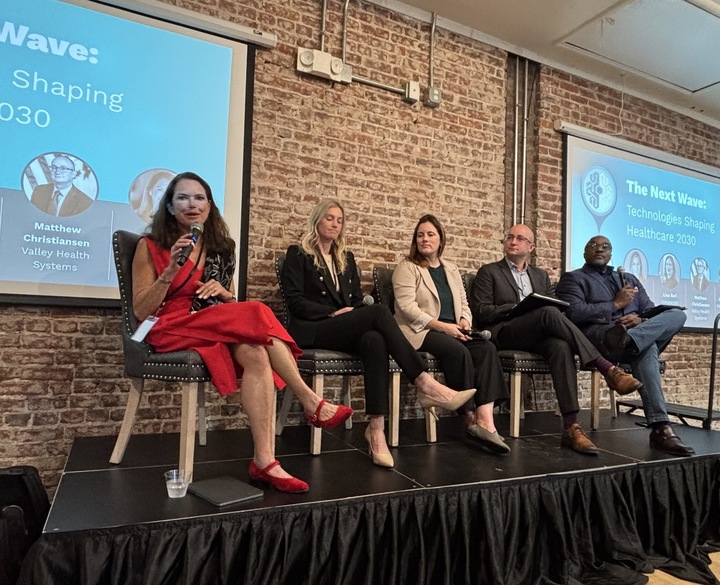From real -time data monitoring to taking advantage of existing patient records, medical care experts see a future in which technology can improve results and reduce costs, but some challenges remain.
Duration of a session last week at the 2030 Health Summit of the Medicite Society digital society in Washington, DC, a panel of four medical care experts shared the technologies that get most excited, as well as what still pauses them.
Continuous data monitoring, unknown territory
Amy Aberneshy, co -founder of Highlander Health, highlighted the upcoming innovations such as implantable chips with strong battery lives that can continue to track more than 130 metabolites in the real -time leaves buttocks butinuolar to continuous. She said she sees a future full of potential for continuous and longitudinal data flows combined with other sensor inputs.
Abernethy also quoted that medical care is not yet prepared to interpret this avalanche of data, pointing out that the current evidence frames are outdated, leaving uncertain doctors about how to act on these new metrics.
Convert existing health data into value
Matthew Christiansen, vice president of Health Affairs and Medical Director of the Valley Health System, is excited about AI tools that make clinical work more when using the massive amounts of health data already collected.
“I think of our EMR, which slow down and cost us a lot of money. They are very inefficient. They are the best most extenious buttons in the entire office, and we do not do any with all those dates. Understand what to do with what we have,” he said.
Christiansen believes that AI can help mark important information, such as missing in detection records, as well as reducing the administrative burden of doctors.
Cut costs with Emarter technology
Lisa Bari, Chief of Policy and External Affairs of Innovation, said she has more hopes about the tools that help connect the data and make it more usable at the point of attention.
She warned against the adoption of new tools that add costs without improving the results. For her, the priority must be technologies that can reduce the underlying costs of care.
“At this time, medical care is so expensive that when we simply add technology as something brilliant and new, we run the risk of drastically increasing the cost of care.
Where the wearables meet ai
Annie Tiltton, Director of Research of Clinical Results in Oura, is observing the convergence of Wearables and IA.
He pointed out that portable devices can change medical care of reactive treatment to preventive care, and involve patients outside the clinic.
“On the side of artificial intelligence, we are moving from predictive models to multimodal agent systems that can support patients and suppliers between visits, providing more information to make decisions based on care and build a more continuous system, as more successful, more coined, more mint, more diversy, more diversy, more
He also pointed out that there is a “clear consensus” that AI tools can only have an impact on medical care if they are accessible, reliable and practical.


